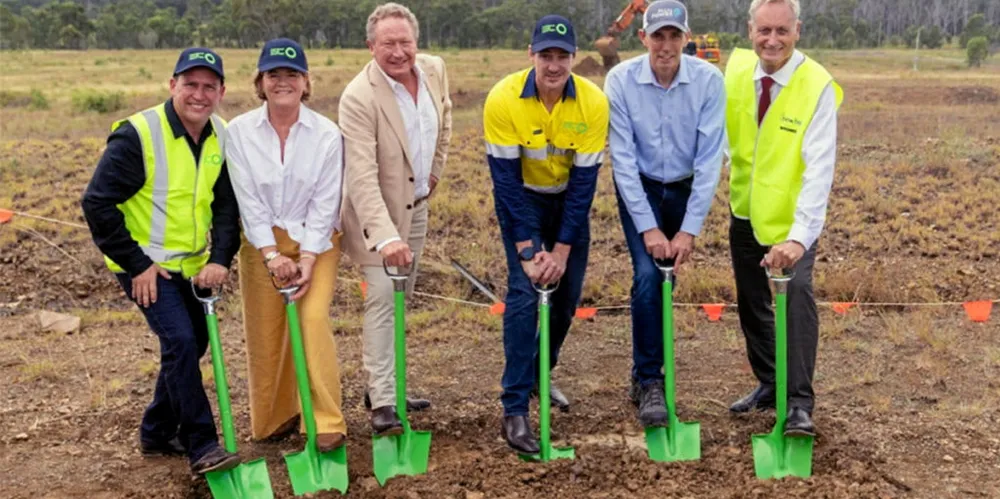Billionaire Forrest’s FFI needs 450GW of wind and solar by 2030 to meet its green hydrogen target
Plans to produce 15 million tonnes of green H2 per year by the end of the decade would require staggering quantities of wind turbines, solar panels and electrolysers

That is double the amount of renewable energy installed around the world last year, according to figures from the International Renewable Energy Agency (Irena).
Joshua Moran, FFI’s head in New South Wales, told delegates at the Smart Energy Expo that meeting the company’s 2030 target would also require 150GW of electrolysers — a figure equating to roughly half of all the machines produced in the world by that date, according to one forecast.
However, exponential growth is expected this decade, with at least 15 manufacturers already announcing giga-scale factories.
Analyst Guidehouse Insights has forecast that global electrolyser manufacturing capacity will reach 104.6GW annually by 2031, while US investment bank Jefferies put the figure at 68GW by 2030 — amounting to around 300GW of cumulative supply by then.
It is also not clear how FFI expects to source 450GW of wind turbines and solar panels this decade.
To illustrate the scale of the challenge, Irena figures show that 93GW of wind power and 132GW of solar energy were installed around the world last year — a total of 225GW, exactly half the 450GW that FFI needs.
Of course, wind and solar manufacturers would have to massively expand their production facilities to meet Fortescue’s needs — as well as the growing worldwide demand for their equipment.
FFI CEO Julie Shuttleworth admitted in an interview in March that the 15 million tonnes per annum target was “a stretch”, but it was “absolutely possible” with the advances of technology and scale.
(Copyright)